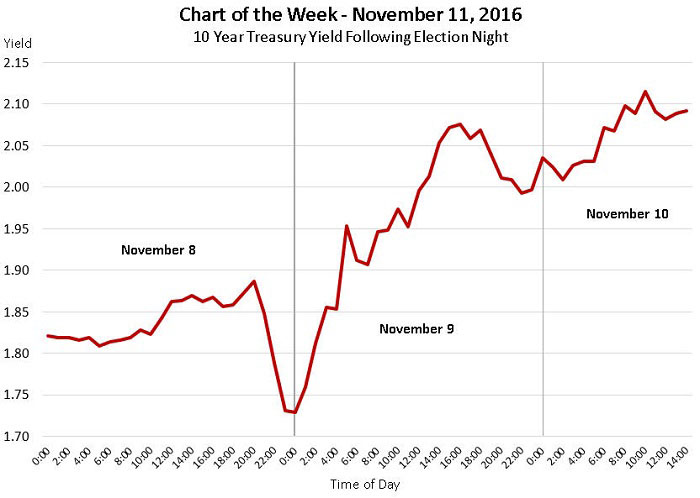
MBA Chart of the Week: Distributed Refinance Activity: Percent Share of Number of Freddie Mac Refi Loans

Source: Freddie Mac; Mortgage Bankers Association
Since reaching a low of 12 percent in 2012, cash-out refinance activity has grown steadily to reach nearly 42 percent of refinancings in the third quarter, according to data from Freddie Mac. This stands in stark contrast to a rate more than twice as high near the peak of the last housing cycle.
Cash-out refinancings are defined here as refinance loans with loan amounts that are at least 5% greater than the outstanding balance of loan being paid off. The majority of refinancing over the past eight years involved no cash-out, and generally less than 3 percent of loans involved an injection of equity into the home. One explanation for the low rate of cash-out refinancing until recently is that national indexes of home prices have just returned to the level of the previous peak during the past year.
As rates begin to rise, existing borrowers with record low interest rates may be hesitant to use cash-out refinancing as a means of accessing their home equity. This may lead to greater use of closed-end seconds, home equity lines of credit, personal loans or other debt to finance home improvements and other big ticket items.
(Lynn Fisher is vice president of research and economics with MBA; she can be reached at lfisher@mba.org. Joel Kan associate vice president of economic forecasting with MBA; he can be reached at jkan@mortgagebankers.org.)
